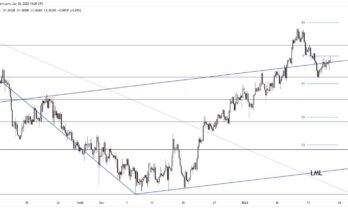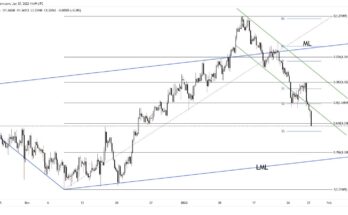The Aussie was looking decidedly weak yesterday, having been pushed lower by a combination of weak iron ore prices (down more than 6% in Sep) and softer domestic data. The reaction to the much better than expected employment data overnight (initial 50 pip gain unwound) is indicative of the fact that few seem to be willing to buy the currency at these lower levels. The strong 121k rise in headline employment helped the unemployment rate move down to 6.1%, after then sharp rise to 6.4% seen last month. This has at least sunk the fear that the Australian labour market is slowing down sharply. But the fact that the Aussie has not seen sustained gains much on the news reflects the weaker underlying sentiment and downward force coming from commodity price developments.
It also remains the case that the central bank believes that the currency remains over-valued on most measures, as is the case with Zealand, where rates were kept steady at 3.50% overnight. In the accompanying statement, the RBNZ said it expects significant further depreciation of the currency, which was partially delivered by the market in the wake of the decision, with the kiwi down 50 pips and below the 0.82 level. Elsewhere, sterling has continued its partial recovery after yesterday, which was labelled ‘black Wednesday’ for the yes campaign in Scotland. The economic consequences of Scottish independence took centre stage, with many companies outlining their contingency plans and/or intent to move out of Scotlandin the instance of a yes vote. Still, the vote remains a little too close to call, so sterling is likely to remain volatile over the coming week and measures of underlying volatility will continue to be elevated.
Further reading:
EUR/USD Sep. 11 – Back to the lower range ahead of Draghi
US Dollar Index at critical resistance, posing downside risks



